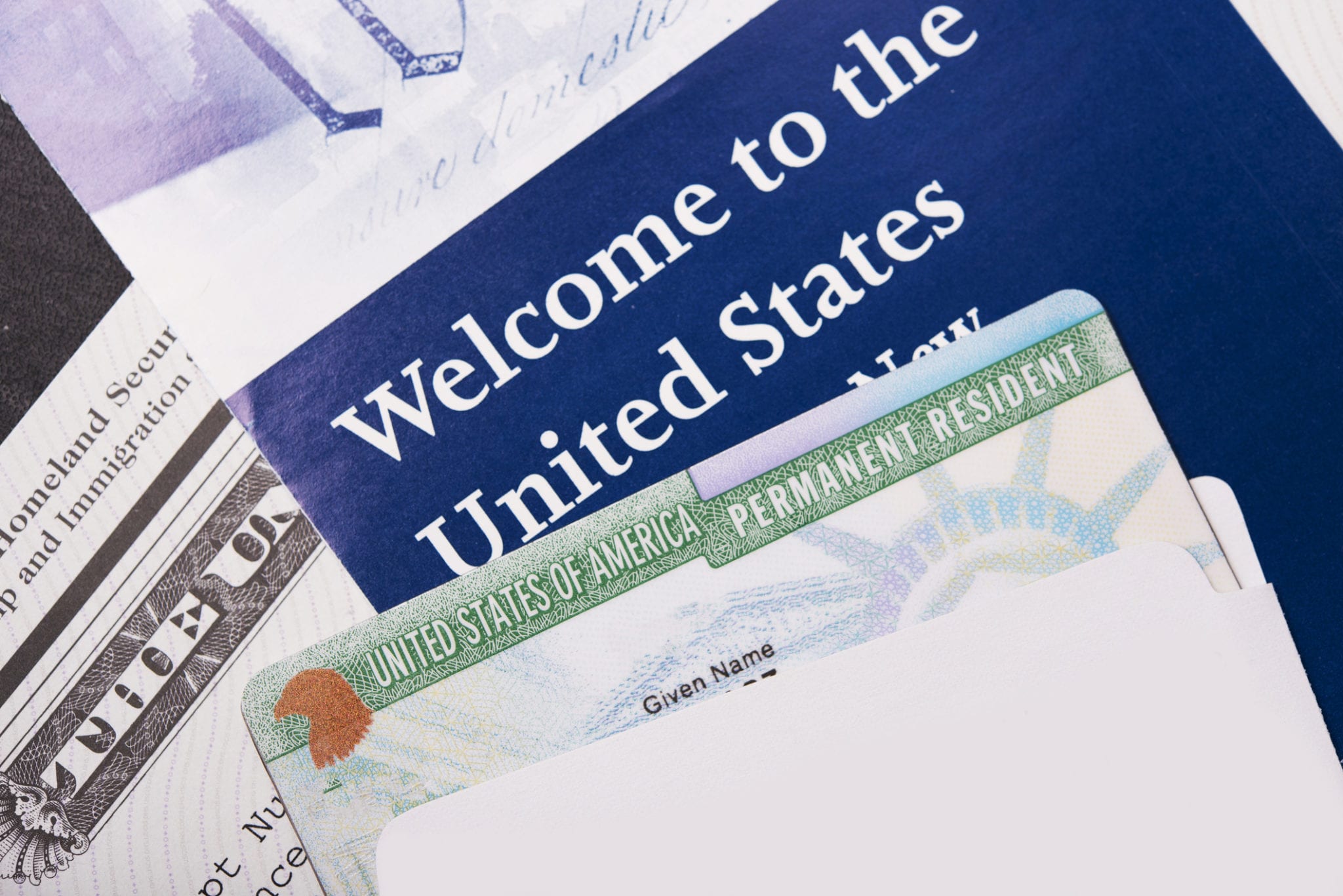The modifications in the immigration policy by the U.S. Citizenship and Immigration Services (USCIS) will hold a notable impact on the lives of many immigrants residing lawfully in the U.S.
Devised to reduce legal immigration and increase the Department of Homeland Security’s powers to implement immigration laws, some of the moves create obstructions in the process of immigration. Others streamline the route to obtain immigration privileges.
Below are the few points which are adapted last year and will be executed in 2020 to affect immigrants.
Price Hike in the Immigration Process
USCIS proposes to increase H1-B visa charges this year, which includes an 83% boost for a United States citizenship from $640 to $1,170 through naturalization application.
In an unusual move, it’ll also impose $50 to shelter seekers for their application, which will make the U.S. amongst the four countries around the globe that assess a fee for humanitarian protection.
For the next fiscal year, USCIS has been said new petitions will commence from 1st Apr 2020 for H-1B Visa 2021 under this new system of electronic selection or with new algorithm computer-generated selections. On 9th Dec, the Department of Homeland Security (DHS) had published this new process for H-1B visa applicants along with processing fees, which is effective from 9th Dec 2019.
Companies or entrepreneurs thinking of applying for H-1B visas for foreign workers for the next fiscal year 2020-2021 would have to register online and also have to break the bank for this registration in the form of a processing fee of $10. Once the registration date passed, US Citizenship and Immigration Services will start the lottery system in a new order on these registration applicants. The first round of lottery would have to fill the master quota cap, and those with remaining unselected master’s petitions are selected again to fill the master’s quota cap. After the final selection of lottery, an employer with lucky drawn applicants in the lottery should submit the full petition with USCIS. Here “lottery” in the system means nothing like buying lottery tickets; in fact, it is officially called a computer-generated random applicant selection process.
For most recent record year, USCIS received almost 200,000 applications, which is nearly 2.24 times more than actual cap numbers. USCIS decided to run an algorithm for the selection process for the first master quota and again ran the algorithm on unselected petitions.
After the selection, petitioners will be updated by USCIS with step by step instructions for registrants on how to complete the registration process on their website with dates and timelines.
USCIS Deputy Director Mark Koumans addressed that federal agency will conduct surveys and other outreach engagements to ensure registrants and interested parties are familiar with the new selection and registration system.
He also added USCIS might proclaim if it is required to continue accepting registration out of this process or accepting beyond registration period once only if it does not receive enough registrants and subsequent petitions to reach that 85,000 petitions every year.
USCIS is expected soon to publish a final rule with all the new fees.
Modification in the Citizenship Exam
At the time of Fiscal Year 2019, USCIS confirmed 834,000 legal permanent citizens citizenship, an 11-year high, according to administration statistics.
But the permanent citizens who want to appeal for citizenship after December 2020 will be facing a challenging test that tests immigrant’s basic English reading, writing and speaking skills and have a basic awareness of the U.S. government and history.
Online Immigration Forms
The change from paper to digital software for immigration privileges is an imperative priority for the U.S. Citizenship and Immigration Services (USCIS), the government bureau declared in a news announcement about its 2019 achievements.
It announced the new patterns for electronic filing throughout 2020 would incorporate the I-765 Application for Employment Application; I-485, Application to Register Permanent Residence or Adjust Status; the I-129 Petition for a Nonimmigrant Worker; the I-589 Application and the I-131 Application for Travel Document for refugees and Withholding of Deportation.
Backlog of Green Cards
At the time of the new year, an expected 800,000 immigrants who are working illegally in the U.S. are anticipating a green card, a significant backlog in employment-based immigration. There is a comparatively quiet policy discussion underway that has been dominated by the boundary wall issues and fights related to the implementation on the border.
It resulted in most of the immigrants who are seeking for an employment-based green card are mostly Indians. And the backlog between this gathering is so critical that an Indian who demands a green card now can anticipate to expect it up to 50 years for getting one.
They are fighting bills in Congress to fight with this, but lack of consent has blocked any overall strategy to immigration. The backlog has turned into a major issue for the market, of course, who worry that valued employees may easily go elsewhere.
The new year has produced along with multiple new rules and regulations in the administration’s enduring battle to stop both illegal and legal immigration.
passport and green card – DepositPhotos


